Mercedes-Benz 130 - too far ahead of its time with the engine at the back
Artikel verschenken
Jetzt abonnieren und Artikel verschenken
Machen Sie sich, Ihrer Familie und Ihren Freunden eine Freude: Mit einem Abo können Sie unbegrenzt Artikel verschenken.
PDF nicht verfügbar
Technischer Fehler
Das PDF konnte aus technischen Gründen nicht erzeugt werden. Bitte kontaktieren Sie den Kundensupport via contact us.
PDF drucken
«PDFs runterladen und drucken» ist exklusiv für unsere Premium-PRO-Mitglieder vorbehalten.
Premium Light
EUR/CHF
4.70 monthly
Premium PRO
EUR/CHF
105.00 yearly
For true classic car fans
Premium PRO 2 Years
EUR/CHF175.00 (-16%)
Amazing discount and benefits
More premium offers, including combo deals, can be found in the online shop.
Already a premium member? Log in here.
Zu Merkliste hinzufügen
Login
Premium-Abo kaufen
Premium Light
EUR/CHF
4.70 monthly
The Starter Plan
Premium PRO
EUR/CHF
105.00 yearly
For true classic car fans
Premium PRO 2 Years
EUR/CHF175.00 (-16%)
Amazing discount and benefits
More premium offers, including combo deals, can be found in the online shop.
Already a premium member? Log in here.
Sie lieben grosse Fotos? Wir auch!
Und wir wollen sie auch gerne weiterhin mit Ihnen teilen: Einfach hier kostenlos registrieren.



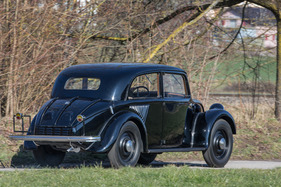

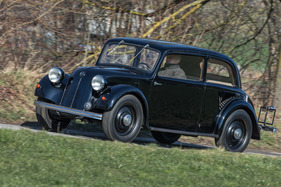

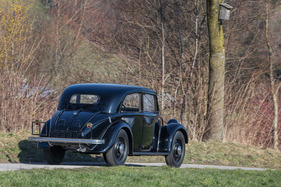

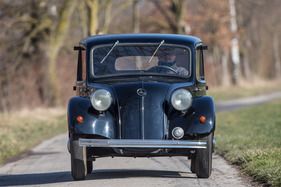

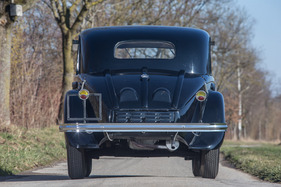



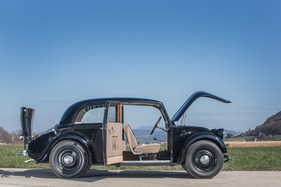






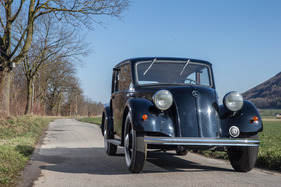

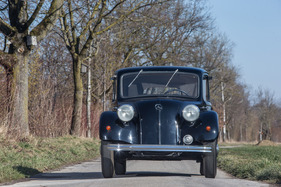

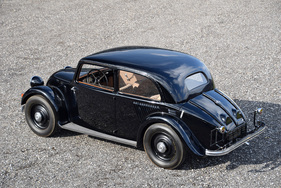



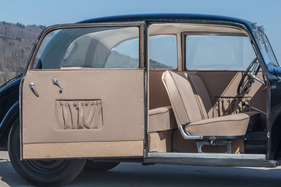

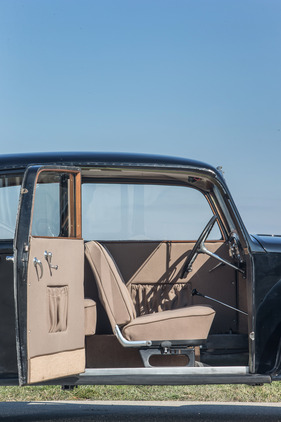




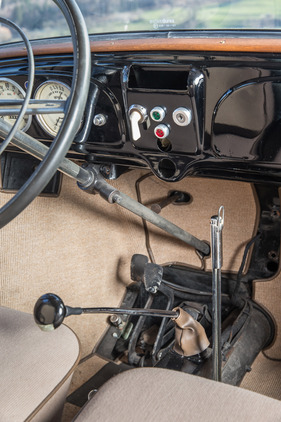

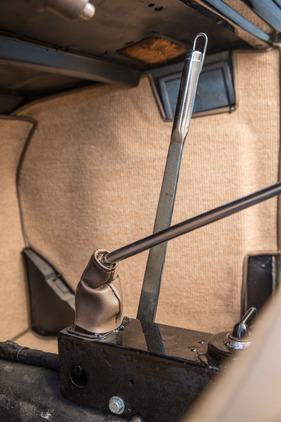

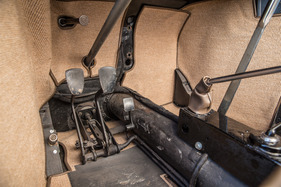

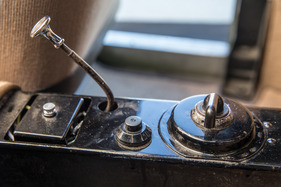







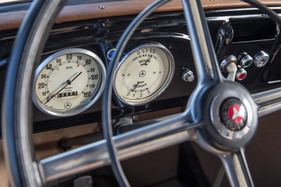



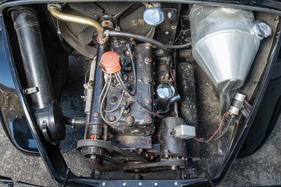

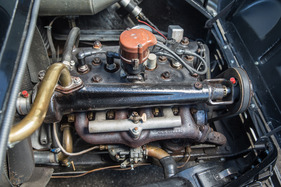









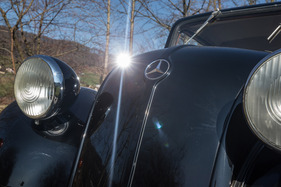





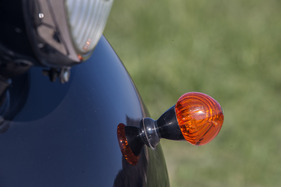

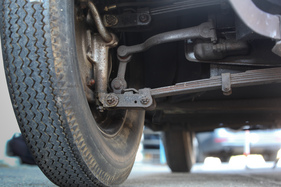

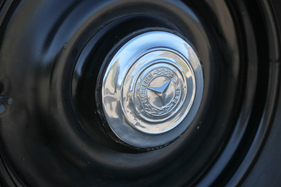

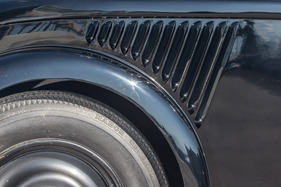

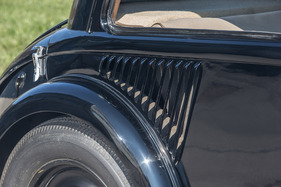









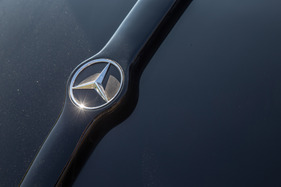

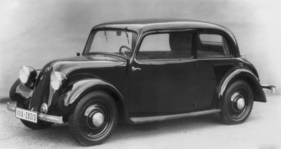





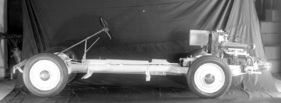







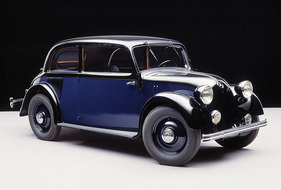



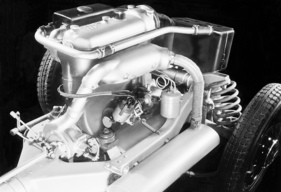



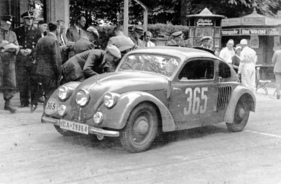

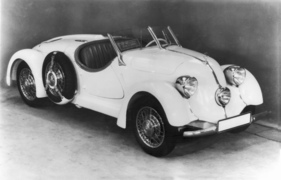

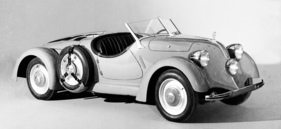





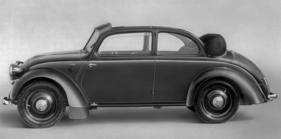

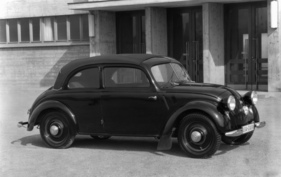





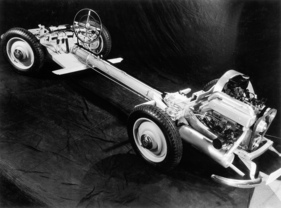

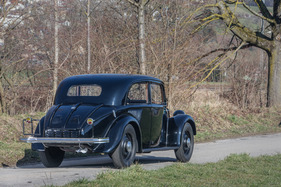

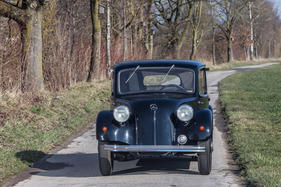

You have only
3 out of 71
images seen in high resolution
Information
To see more images in high resolution, you need to log in.
Summary
With the compact Mercedes-Benz 130, the Stuttgart-based manufacturer wanted to build a passenger car for new customer groups. The water-cooled rear engine broke new ground and the unusual exterior set it apart from the competition. However, customers did not really want to buy it, and this did not change when the 130 was further refined into the 170 H. This vehicle report portrays a Mercedes-Benz 130 from 1935, rolls up its development history and shows the related types 150 and 170 H together with the 130 in historical photos and brochures.
This article contains the following chapters
- Pioneering deed
- Pioneering
- Luxury for the people?
- Criticism of the handling
- On the road
- The even more innovative intermediate step
- The sophisticated conclusion
- Further information
Estimated reading time: 6min
Preview (beginning of the article)
In the 1930s, cars were only affordable for a few and the Mercedes-Benz range, with cars such as the 500 K or 290, was primarily aimed at the upper classes. Engineers Hans Nibel and Max Wagner, however, were looking for new solutions to give less wealthy people access to cars. And so the Type 130 was born. By and large, the cars of the 1920s and 1930s had always been designed according to similar ideas: the engine was located at the front behind a massive radiator, drive was provided by the rear axle, there was comparatively little space available for passengers between the usually large engine and the abrupt rear end, and air resistance hardly played a role.
Continue reading this article for free?
Unlock Premium article
Photos of this article











